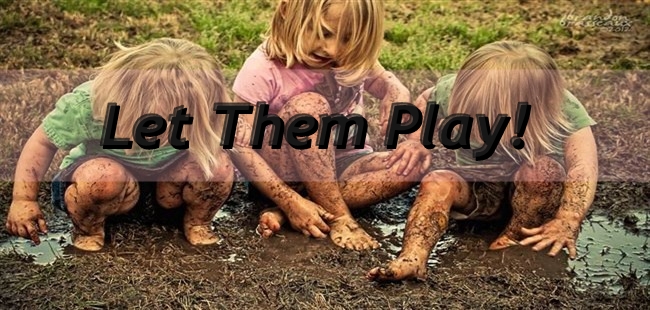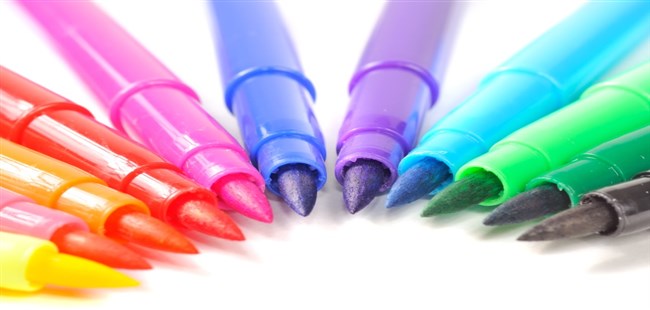Mud Stain
The key to removing any mud stain is to let it dry completely before tackling it. Do not be tempted to apply any treatment whatsoever until the deposit has become hard and you can brush it off easily. After that, you can work on the stain that has been left behind.
On Carpets
Persistent marks: Use either a carpet-spotting kit or a little denatured alcohol to remove traces of color that remain after removing the deposit.
Vacuuming carpets Let the mud dry (this usually takes one or two hours), then vacuum up the deposit. If necessary, use a stiff brush to loosen the dried mud first.
On Furniture
Basic treatment: Remove the deposit, then sponge the area with a weak, warm solution of dishwashing liquid or mild detergent. Wipe, then pat dry.
Use a soft brush to remove mud deposits on furniture without damaging the upholstery. Remove any remaining traces with a vacuum cleaner.
On Clothes
Coats and jackets: Remove dry mud with a soft brush. Apply a commercial dry-cleaning product to any stains that do not brush off.
Brush dried mud off clothes with a dry cloth or a soft clothes brush. Launder to remove the remaining marks. Use denatured alcohol 011 persistent mud stains.
Grass Stains
Grass stains are inevitable if your household includes sports players or small children. They are very tricky to remove. As a rule, soak white cotton in bleach; a commercial stain remover helps remove stains from other fabrics. Nonwashable fabrics should be dry cleaned.
On Washable Fabrics
Light stains Provided the fabric is suitable, these stains should respond to a soak followed by laundering in enzymatic detergent. If marks remain, follow the treatment for nonwashable fabrics.
Heavy stains Rub the stain with a heavy-duty hand cleaner – the kind used after serious do-it-yourself jobs. Apply a little denatured alcohol or a commercial stain remover to the area (test first), then rinse in cool, clean water before washing the garment according to fabric type.
On Carpets and Shoes
• Carpets: Pour a small amount of household detergent onto the stain, rub in, and let stand for a few hours. Scrub with a small brush. Wring out a clean cloth in clear water and wipe away the remains of the detergent.
• Canvas shoes: Scrub grass stains with a nail brush dipped in a solution of dishwashing liquid and warm water. Wash the shoes in the washing machine, or on the top rack of the dishwasher (making sure all grit is removed first). Allow the shoes to dry naturally.
Traditional Tip
Treating old stains: Use egg white and glycerine in equal parts to loosen old grass stains on whites, then treat as for fresh stains.
Other Biological Stains
Combat these stains on clothes by soaking in detergent with enzymes (if the fabric permits). Buy some disposable plastic gloves, or use a plastic bag over your hand when dealing with unpleasant deposits. Discard the bag or gloves after you have used them.
Stain Surface Treatment
Pollen Stains: These stains occur mainly on clothes and wall coverings, and can be very difficult to remove. Wear an apron when picking or arranging flowers, and keep floral arrangements well away from papered walls. Normal laundering will remove light stains on clothes. Failing this, dab lightly with denatured alcohol, then sponge off with warm water.
Rub stains on wallpaper with a ball of white, crustless bread or an eraser. If this treatment fails, the wallpaper may need patching.
Flyspecks: These tend to occur on lampshades, furnishings, and windows. Treat fabric lampshades with care. Wipe plastic lampshades with a dishwashing liquid solution. Use a spray stain remover on fabric lampshades, or apply a warm detergent solution with a soft toothbrush.
Use denatured alcohol on windows, and a commercial stain remover on upholstery.
Perspiration Stains: This appears as a yellowish or discolored patch in the armpit area of clothes. Sponge washable fabrics with an ammonia solution, then rinse. Where there is a dye, sponge with 1 tablespoon (15 ml) white vinegar diluted in 1 cup (250 ml) water.
Pet Stains: These are urine, vomit, and fecal stains that occur mainly on carpets and furniture for treating urine and vomit stains and for getting rid of unpleasant smells. See below for treating feces.
Fecal Stains: Always scrape up the deposit from carpets, furniture, and clothes with the bowl of a spoon immediately, taking care not to spread the slain. Sponge stains on carpets and furniture with a solution of warm water and a few drops of ammonia. Soak clothes in enzymatic detergent if suitable.
Bird Droppings: Clothes drying on a washing line may sometimes become soiled by bird droppings. Remove the deposit, and relaunder washable fabrics. A bleach or hydrogen peroxide solution may work on white and pale garments.
Tobacco Stains: Nicotine can stain smokers’ hands and fingernails with a yellowish tinge. Rub a pad soaked in a weak bleach solution over the stained areas. Use the smoker’s toothpaste on fingernails.
Felt-Tip Pen Marks
Homes with small children are particularly susceptible to felt-tip pen marks on walls and furniture. Felt-tip pens also often leak into pockets of suit jackets – never attempt to tackle this yourself, but take the jacket to a dry cleaner and explain what the problem is.
On Fabric
• Small marks: Press a paper towel on marks on clothes or furniture to remove as much ink as possible. Dab with denatured alcohol on a cotton swab then launders using soap flakes, not detergent. (Soap is more effective than detergent on all types of ink.)
• Large marks: Use a spray stain remover, repeating applications as necessary. Alternatively, buy a specific commercial stain remover.
On Wall Coverings
• Vinyl: Apply a nonabrasive household cleaner to marks or use denatured alcohol.
• Wallpaper: The best solution is to cover marks with a new patch of wallpaper.
On Other Surfaces
Carpets and furniture Blot stains with cotton swabs and paper towels, then dab with denatured alcohol.
Stains on vinyl: Wipe marks on vinyl surfaces such as toys with a white cloth wrapped around one finger and moistened with dishwashing liquid. Rinse with clear water.
Other Pigments
Correction fluid: Let dry, brush off, then launder.
Crayon: Use a nonabrasive household cleaner for marks on vinyl. Painted walls may need to be repainted, and ordinary wall coverings may require patching.
Pencil: Use an eraser on walls and furniture. Sponge marks off clothes, then launder according to the fabric.
Sticky Substances
Chewing gum and colored plastic putty can be difficult to remove, especially from fluffy fabrics and carpets where rough removal can leave a bare patch. Freezing is the trick for removing chewing-gum stains, use a liquid stain remover on any marks that are left behind.
Plastic Putty
• On clothes: Plastic putty does not freeze. So pick off as much as you can with your fingernails. Next, hold a folded white pad underneath the mark, and – using another white cloth – apply liquid stain remover until the deposit is dissolved. Rinse, then launder as usual.
• On carpets: Pick off the deposit with your fingernails. Remove any residue with liquid lighter fluid (test on a hidden area, since lighter fuel, may damage synthetic fibers). Do not over wet or allow the lighter fluid to reach the carpet backing.
Chewing Gum On Carpet
Hold a plastic bag filled with ice cubes over the chewing gum to harden it. Place the stained garment with a plastic bag in the freezer for an hour, so that the chewing gum hardens. Pick off the hardened deposit, taking care not to remove the carpet pile. Remove the item from the freezer. Bend the fabric across the stain to crack the gum. Pick off the pieces.






